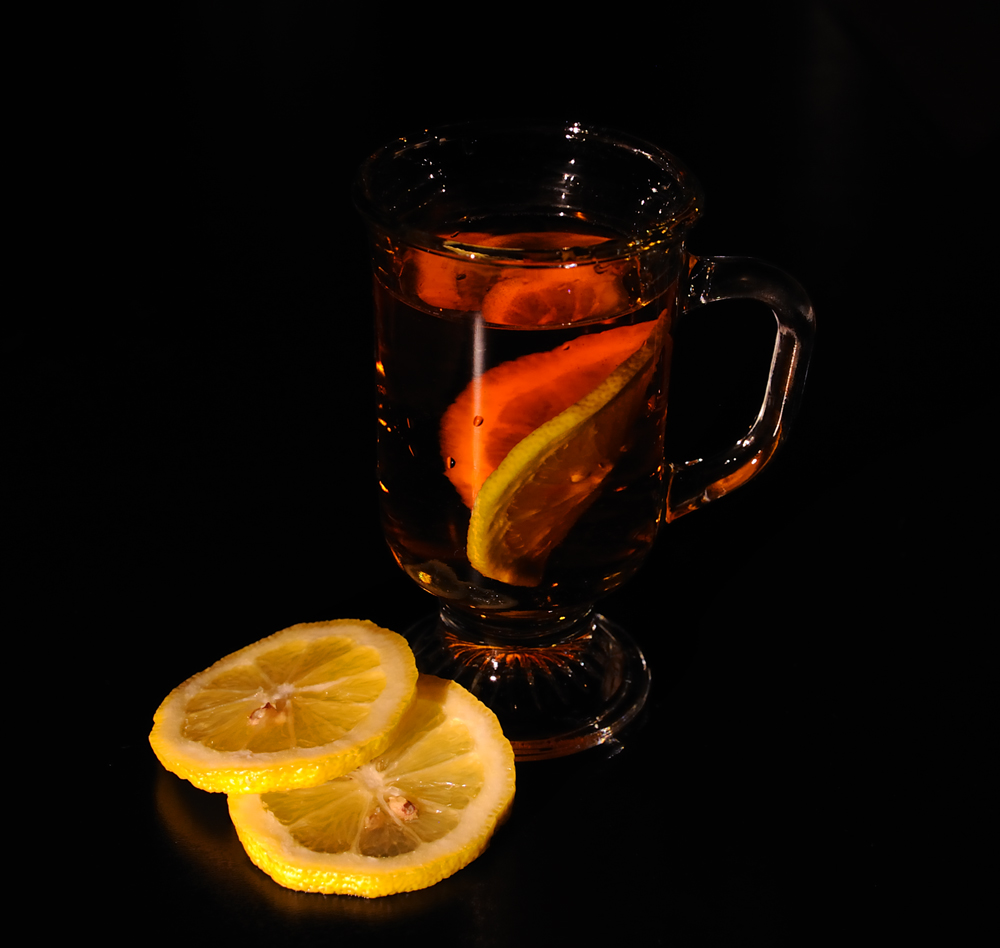
Grog, a libation that emerged from the annals of the Royal Navy, stands as a testament to the symbiotic relationship between alcohol and maritime history.
Alcohol has long been a staple in the British sailor’s provisions, serving not only as a source of joy and stress relief but also as a disinfectant and flavor enhancer for potable water prone to spoilage in wooden casks—standard liquid containers of the era.
While high-ranking officers indulged in premium spirits and wines (paid from their own private wallets), the majority of sailors had to make do with meager offerings of cheap beer and wine. Sailors were allotted a daily gallon of liquid, including water, a precarious arrangement given the rapid spoilage of these beverages, particularly in the warm seas frequently navigated by the Royal Navy.
This predicament persisted until 1655 when England acquired Jamaica from Spain. This geopolitical shift not only marked the fallout of the English-Spanish war but also heralded a transformative addition to the sailor’s palate—rum. Rum, being robust and cost-effective, swiftly replaced other alcoholic provisions for the Royal Navy, with officers retaining the privilege to procure their preferred libations privately.
Each sailor was allocated a daily half-pint (284 ml) of rum. While not an insignificant quantity, it was deemed appropriate for a robust and industrious seafarer, designed to be consumed responsibly. However, the lure of intoxication occasionally tempted some sailors to save their rations for a cumulative and potent indulgence, sparking concerns.
Enter Vice Admiral Edward Vernon in 1740, stationed in the West Indies, who sought to address the issue of excessive drinking among sailors. His ingenious solution was to dilute the daily half-pint of rum with a quart of water, creating a water-to-rum ratio of 4:1. Additionally, he split this diluted ration into two servings—one at midday and the other in the evening, both to be consumed in the presence of an officer. To enhance the taste, sailors had the option to substitute part of their bread and salt beef ration with sugar and lemons. The result was a new concoction that would forever bear the nickname of the innovator—“Old Grog” (Admiral Vernon got this nickname for his habit to wear a grogram cloak).
Despite initial resistance from sailors displeased with the reduction in both the quantity and potency of their libations, Grog gained favor with Navy commanders. In 1756, it officially became the Royal Navy’s drink of choice.
The Grog ritual persisted for two centuries. Before the ceremonial serving, the designated rum amount was diluted with water, either hot or cold depending on the circumstances. Sailors, in a disciplined line, awaited their tots, or grog rations, which dwindled over the years. In 1970, the final year of grog on Royal Navy service, the ration was a symbolic one-eighth of a pint (70 ml) diluted with water in a 1:2 ratio. The farewell to grog, known as Black Tot Day on July 31, 1970, was compensated with an additional can of beer for sailors. Grog bid adieu to the Royal Navy but found a continued existence in civilian circles.
Today, I present the classic hot grog.
Before we delve into its preparation, let’s explore how the term “grog” has evolved over the years.
In Australia and New Zealand, “grog” has expanded its meaning to encompass all alcoholic beverages. It now refers to anything that contains alcohol.
In Sweden, “grog” signifies a mix of strong alcohol (rum, vodka, brandy, etc.) with any soft drink (juice, soda). The addition of a third component alters the product’s name.
In France and Belgium, grog takes on a cozy winter identity. Similar to the original, it involves hot black tea in lieu of hot water, paired with rum, lemon, sugar, and spices.
As we navigate this historical and cultural journey, here’s the recipe for a classic hot grog:
• 60 ml (2 oz) dark rum
•15 ml (1 tablespoon) lemon juice
•180 ml (6 oz) hot water
•Teaspoon of cane sugar
Dissolve sugar in hot water, add lemon juice, rum, and mix.
A comforting warmer for winter and a delightful nightcap, the hot grog stands as a timeless tribute to naval tradition and camaraderie.